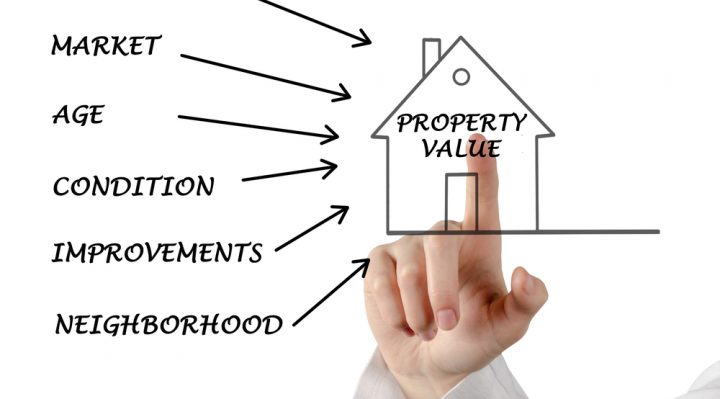Real estate is a popular investment, and rent provides a consistent flow of cash every month. This investment vehicle has produced a consistent return over years and decades. Statista shows that the income from rents has risen steadily since 1980, and as of 2019, the average US. rent for an unfurnished apartment was $1,588 compared to $1,060 in 2009. For a consistent return on investment, purchasing a rental property is a terrific option.

Calculating the value of your property is an important first step before purchasing it. With real estate, determining value is not as clear-cut as it may seem at first glance. The following are four quick ways to estimate the value of your investment property.
- Sales Comparison Approach
This is the method used by many real estate agents when discussing properties. It involves comparing the property those of the same size and in the same neighborhood over a period of time. If a two-bedroom apartment in a certain neighborhood tends to sell for $1,200, then the sales comparison value is $1,200 if your property fits that description. However, this estimation does not include age, special features of the property, or condition.
- Capital Asset Pricing Model
This method known as CAPM takes risks and opportunities into account when calculating value. It looks at the return on investment and compares it to low-risk investments. For instance, if you were to compare investing in property to buying bonds, and if the return on investment on bonds were to exceed that of the riskier investment, then the bonds would be the better investment. However, the coupon rate of the U.S Treasury bond is only 1.25% as of 2020. Chances are most real estate investments yield a stronger ROI than bonds.
- Income Approach
The Income Approach method of valuation compares the amount of rental income you will receive compared to your initial investment. This is done by calculating the capitalization rate or the gross rent multiplier divided by the value of the property. One thing to consider with this method is that it doesn’t take into account fluctuations in rent.
- The Gross Rent Multiplier Approach
This is a simple back of the envelope method that just takes the rent into account. It doesn’t measure it against expenses, mortgage, insurance, property tax, utilities, and other factors. Although it does not provide a full picture, it is handy if you just need an idea initially before doing the in-depth calculations.
Knowing what you own is an essential principle of investment. When calculating the value of your investment property, consider doing so from various angles to gain multiple perspectives on the investment. The average annual ROI for residential real estate investment as of 2020 is a healthy 9.8% according to the S&P 500. If you purchase an investment property with significant value, this return can be even greater.



